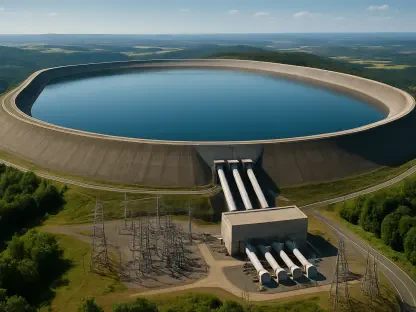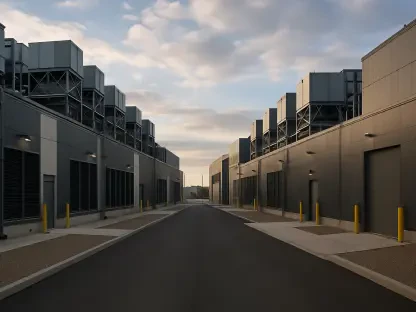In an era of increasing environmental concerns, accurately monitoring air quality has become more critical than ever. Recently, scientists have unveiled innovative techniques to enhance the precision and effectiveness of air quality assessment.
The new methods utilize advanced sensor technology in conjunction with artificial intelligence. These sensors are capable of detecting a wider range of pollutants at much lower concentrations than previous devices, providing a more detailed and accurate picture of air composition.
AI algorithms play a critical role by analyzing the vast amounts of data collected by these sensors. These algorithms can identify patterns and predict air quality trends, helping cities and policymakers take proactive measures to mitigate pollution.
One significant advancement is the deployment of drones equipped with these sophisticated sensors. Drones offer the advantage of reaching areas that are difficult to monitor with stationary equipment, such as remote regions and high-altitude environments. This mobility ensures comprehensive coverage and more representative data.
Moreover, the integration of these monitoring systems with smart city infrastructure allows for real-time data sharing and alerts. Communities can receive immediate notifications about hazardous air conditions, aiding in public health awareness and safety.
Looking ahead, these developments are set to revolutionize our approach to environmental monitoring. By leveraging cutting-edge technology, researchers, policymakers, and the public can collaborate more effectively in addressing air quality challenges and promoting a healthier environment.









